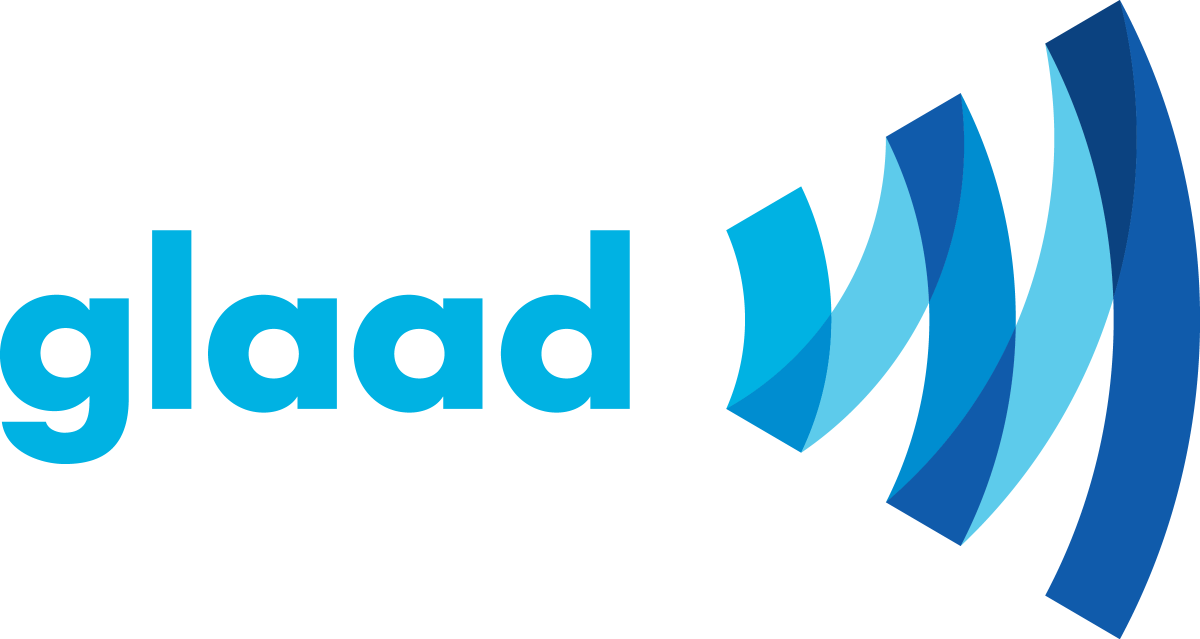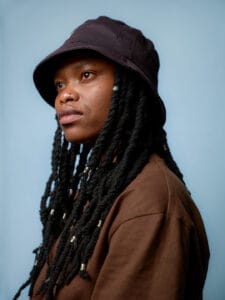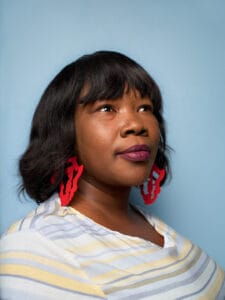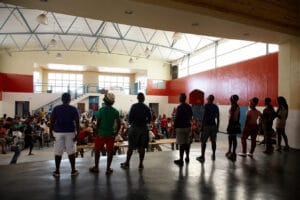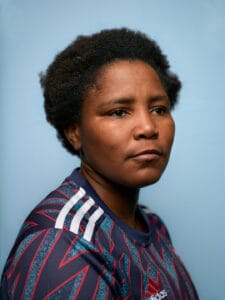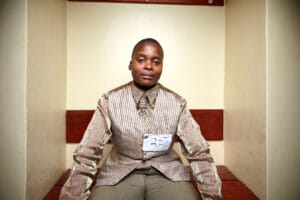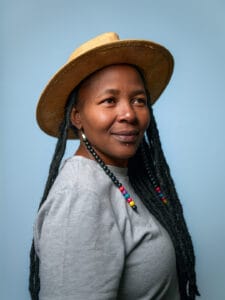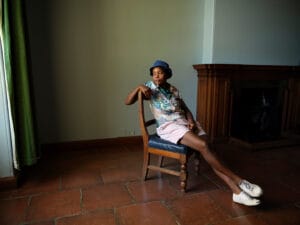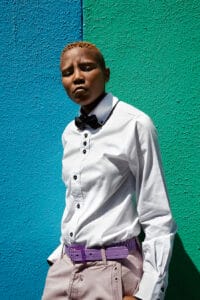Daters on Hinge are breaking the mold — and it’s opening new doors for LGBTQ love.
At a time when anti-LGBTQ culture wars are on the rise, a new report by Hinge shows something quietly radical: LGBTQ people — especially trans and queer daters — are carving out space to explore love on their own terms. Rather than adhering to traditional labels or rigid expectations, they’re choosing authenticity, fluidity, and self-defined connection.
According to Hinge’s 2025 LGBTQIA+ D.A.T.E. Report, 45% of LGBTQIA+ users surveyed have considered dating someone outside the gender or gender expression they usually pursue. For many, that curiosity signals a deeper transformation: a desire to move beyond labels that no longer feel expansive enough.
While interest in “label-fluid” dating is growing among those surveyed, the courage to act on it still meets resistance. More than half (55%) of those who considered dating outside their usual “type” say they haven’t done so — citing personal doubts, fear of judgment, and societal pressure, according to Hinge daters.
Labels Are Evolving — And So Are We
Hinge’s report highlights a shift among LGBTQIA+ users toward what it calls label-fluidity — the practice of allowing identity and attraction to evolve without fixed definitions. This echoes GLAAD’s own findings in its 2024 Accelerating Acceptance study, which shows that Gen Z adults are nearly twice as likely to identify as LGBTQ compared to older generations. They’re also far more likely to challenge binaries and lean into fluid identity.
Among Hinge’s LGBTQIA+ respondents:
72% of trans daters have used a different sexuality label at some point in their dating journey.
Gen Z LGBTQIA+ daters are 39% more likely than Millennials to reconsider their sexuality label after an unexpected attraction.
48% of queer-identified users report experiencing “label fatigue” — feeling constrained or boxed in by traditional identity terms.

“I identified as nonbinary and now I identify as a trans woman,” shared one dater featured in the report. “This happened over time as I continued to live life authentically… I’m still getting accustomed to new labels though.”
This shift reflects a growing understanding that labels, while helpful for self-expression, don’t always capture the complexity of identity or the spark of a connection. As Moe Ari Brown (he/they), a licensed therapist and Hinge’s Love & Connection Expert, explains: “Attraction is deeper than looks, presentation, or identity markers. True compatibility isn’t about matching labels — it’s about how you show up for each other.”
The Pressure to Perform — and the Power in Letting Go
According to Hinge, 50% of LGBTQIA+ users on the platform have adjusted their masculine or feminine presentation to attract someone. Nearly a third of them later regretted not staying true to themselves. The impact is even more profound among trans and nonbinary users, who face heightened assumptions about their appearance and dating roles.

GLAAD’s 2024 voter poll supports these findings, revealing that 72% of LGBTQ Americans report mental health impacts due to public rhetoric, and nearly 1 in 2 say they’ve experienced harassment or bullying. These pressures bleed into dating lives, where even small choices — like who messages first or who pays for a date — can feel like performances rooted in outdated expectations.
Still, LGBTQ Hinge daters are pushing back.
Hinge’s research shows Gen Z is leading a movement toward more expansive dating. They’re 22% more likely than Millennials to be open to sexual connections outside their typical gender preference, and 33% more likely to date people across a spectrum of gender expressions.
Breaking the “Type Cycle”
One of the biggest barriers Hinge uncovered? Overthinking.
Many daters stick to their “type” not because it’s working — but because it’s familiar. Hinge’s behavioral scientists call it the “Type Cycle,” a pattern of attraction based more on habit than on genuine compatibility.
Charlie Craggs (she/her), a trans actress and author featured in the report, shares, “Since transitioning, I’d only ever dated cishet guys because them finding me attractive made me feel validated… but I realized I was just blocking myself.”
Her advice to other daters? “If you think you might be open to dating outside your usual preference — like dating a trans person — don’t overthink it. We’re people just like you. You don’t want to make us feel like an experiment.”
From Swipe to Spark: Making the Move
Even when interest is there, many daters struggle to act on it. Hinge found that LGBTQIA+ users — especially femme-presenting and nonbinary folks — often hesitate to message first or initiate dates, unsure of how attraction will be received or interpreted.
Hinge’s experts offer this advice:
Don’t let fear drive your dating life.
Focus on energy, confidence, and curiosity — not labels.
Let your profile reflect your openness with prompts like, “I don’t have a specific type” or “Open to new kinds of connections.”
If rejection happens, see it as redirection — not failure.

And as Moe Ari puts it, “Take the risk, send the message, and trust that your authentic self is a whole vibe.”
As GLAAD continues to track the alarming rise in anti-LGBTQ violence and rhetoric, from book bans to legislative moves — particularly targeting trans people — research and insights like these remind us that LGBTQ people are still choosing joy, connection, and personal truth over anything else.
The shift in dating culture is a mirror of the broader cultural evolution GLAAD has long championed — one where LGBTQ people are seen, respected, and celebrated in all their complexity.
As Hinge’s report concludes: “The future of dating is fluid, expansive, and entirely ours to define and redefine.”
Read the full 2025 LGBTQIA+ D.A.T.E. Report, HERE.
